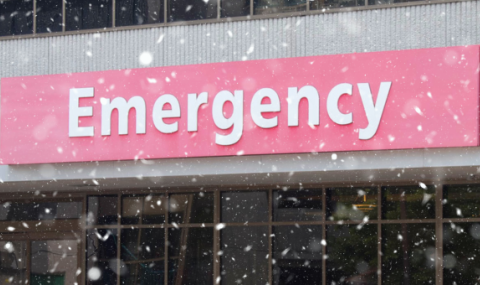There are many drugs that can be used to manage blood pressure that is too high or too low. They are often used in combination to get just the right effect for the individual patient. These drugs are only used when absolutely necessary, and their effects are closely monitored.
The following are some general types of drugs for the heart and circulation.
| Vasoconstrictors | Also called vasopressors, or just ‘pressors’ for short. This type of drug is used to raise blood pressure by making the arteries tighten up or constrict. The same amount of blood flows through the constricted arteries at a higher pressure. |
| Vasodilators | A vasodilator relaxes the blood vessels and makes their diameter wider. Vasodilators can lower the blood pressure if it becomes too high. Relaxation of the blood vessels reduces the resistance in the blood vessels, and makes it easier for blood to flow. This makes it easier for the heart to pump blood, and can be used to increase the amount of blood the heart pumps out with each beat. |
| Anti-arrhythmics | These drugs can be used if a patient has an unusual heartbeat that is affecting blood pressure or the strength of the heart beat. Anti-arrhythmic drugs help normalize the electrical impulses that cause the heart to beat.
|
| Anti-coagulants | Anti-coagulants are used to reduce the body’s ability to make blood clots. Anticoagulants are used for patients at risk for clot formation such as ICU patients who are in bed and unable to resume their normal activities, and patients with irregular heart rhythms. Many people with heart disease take a low dose of an anti-coagulant every day to reduce the risk of a stroke or heart attack.
|
| Inotropes | Inotropes are used to increase the strength of the heart’s contraction, allowing it to pump harder with each beat and push out a larger amount of blood. Inotropes are used when the amount of blood being pumped by the heart is too small, which can be a cause of low blood pressure. These drugs are given through an IV line. This allows their use to be tightly controlled. Staff can start, stop, reduce, or increase the dose as needed. |



